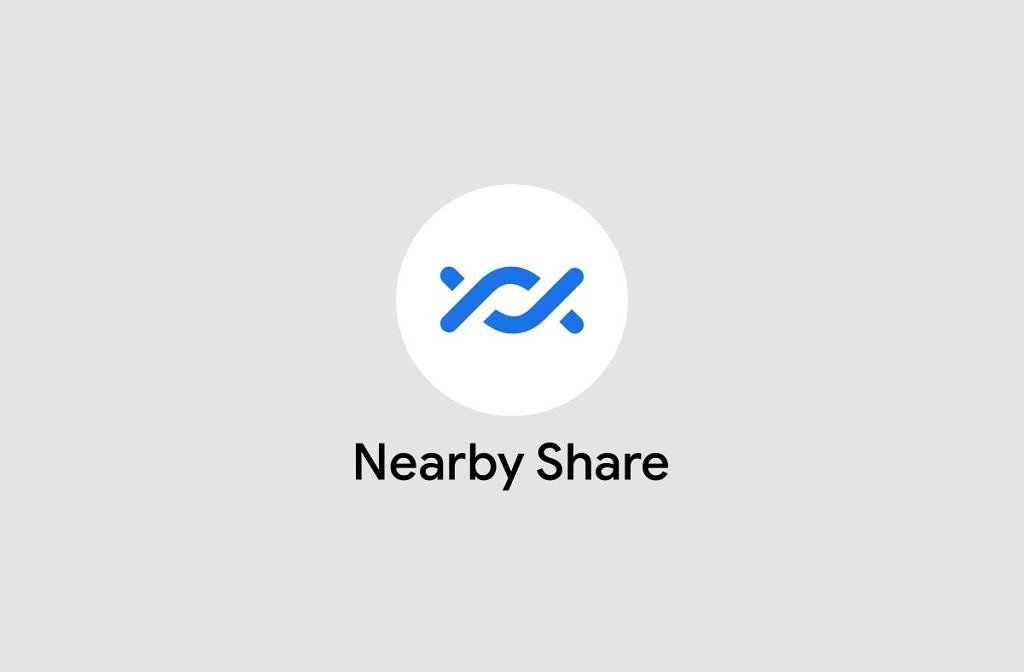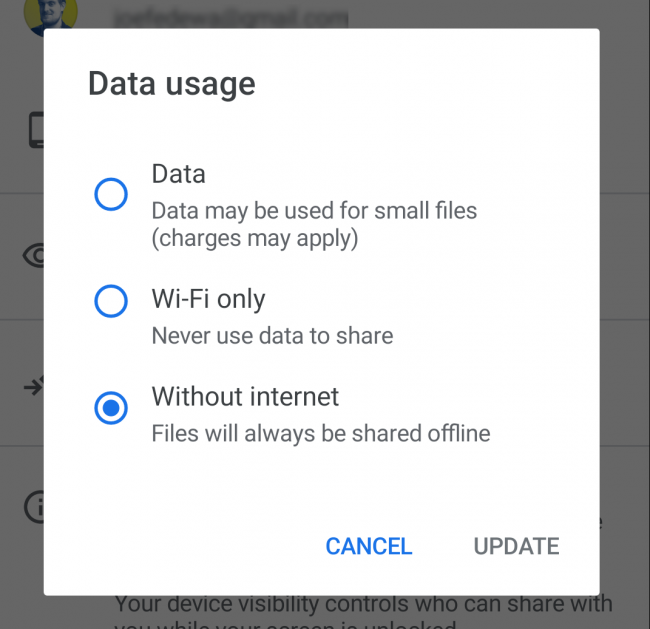AirDrop is an Apple feature that lets you quickly and wirelessly transfer photos, links, and more between iPhone, iPad, and Mac.
Google has a competitor product στο Android που ονομάζεται " Nearby Share ". Δείτε πώς λειτουργεί το Nearby Share και πώς συγκρίνεται με το AirDrop.

What is Android Nearby Share?
The Google Play Store offers hundreds of applications that allow you to easily send links, files, photos and other things between devices. However, there has never been an inherently built - in method for every Android devices.
The closest thing was " Android Beam ", but that required physical devices and Google abandoned it.
Nearby Share uses Bluetooth, Wi-Fi or NFC to send content. It automatically determines which method is best in each case and initiates a transfer. Large files will likely use a Wi-Fi connection directly, while smaller files can be sent via Bluetooth or NFC. You also have the option to fully enable mobile data or completely disable all data transfersnetwork.

How is Nearby Share suddenly available on most Android devices?
Common sense would suggest a firmware update for the Android operating system, but in the end it is something simpler. Nearby Share is part of Google Play Services , a required component of Android devices available with the Google Play Store. Google Play Services is updated through the Play Store, making it much easier for Google to add Nearby Share to multiple devices.
To use Nearby Share, you must find a nearby device, have the screen unlocked, and have Bluetooth and location services turned on. One will appear notice on the receiving device requesting that it be visible to the sender. The sender then selects the receiving device.
For security reasons, the receiver must choose to be visible and yes accepts transfer every time. This means that you will never receive anything without your consent.
![]()
Nearby Share also has several privacy options. You can choose to receive content from "All Contacts" or select specific people to whom you want to be available (visible). It's also possible to make yourself "Hidden" so you're only visible when Nearby Share is on.
Google has made Nearby Share available on all Android 6.0+ devices, starting from Appliances Pixel and Samsung August 2020. The feature is also set to work with Chromebooks and there are indications that it will be available on more platforms via Google Chrome browser .
As mentioned, Nearby Share works through Google Play Services, so most Android devices will get it, but there are some that will not have it.
Does Nearby Share work like AirDrop?

Android Nearby Share has been compared to Apple's AirDrop feature by many. An AirDrop competitor has been a feature that Android users have been asking for. So can we say that Nearby Share is "AirDrop for Android?" The two services may work slightly differently, but they serve the same purpose.
AirDrop works between iPhone, iPad and Mac. Uses Bluetooth to set up a peer-to-peer Wi-Fi network between devices without the need for an Internet connection. Files sent with AirDrop are encrypted.
Nearby Share has similar support between phones and PCs (possibly even for Macs). It may also work offline, although we do not yet know what will happen to the encryption.
There are small technical differences between the approaches of Google and Apple, but they offer the same functionality. AirDrop has established itself as a sharing platform among Apple users. It remains to be seen if this will happen with Nearby Share as well.





